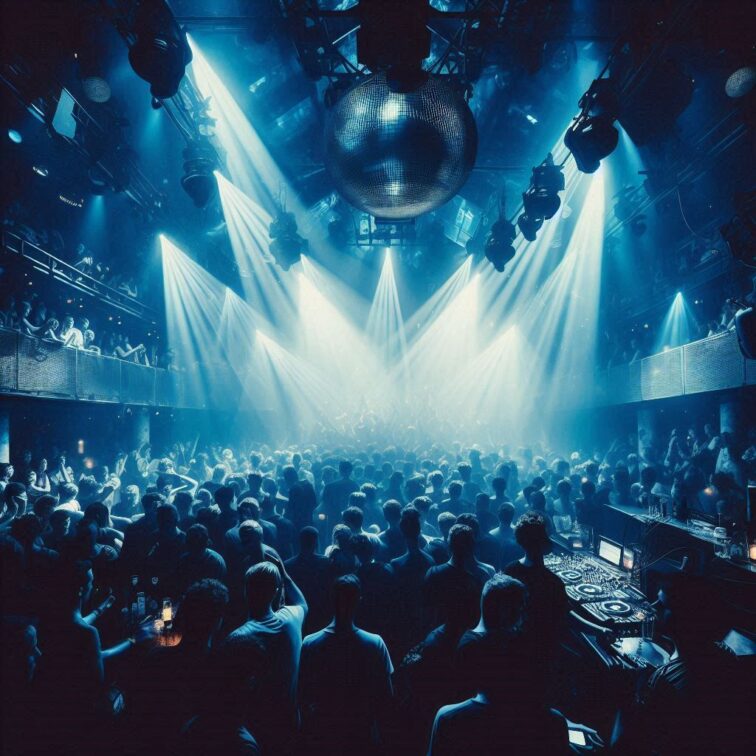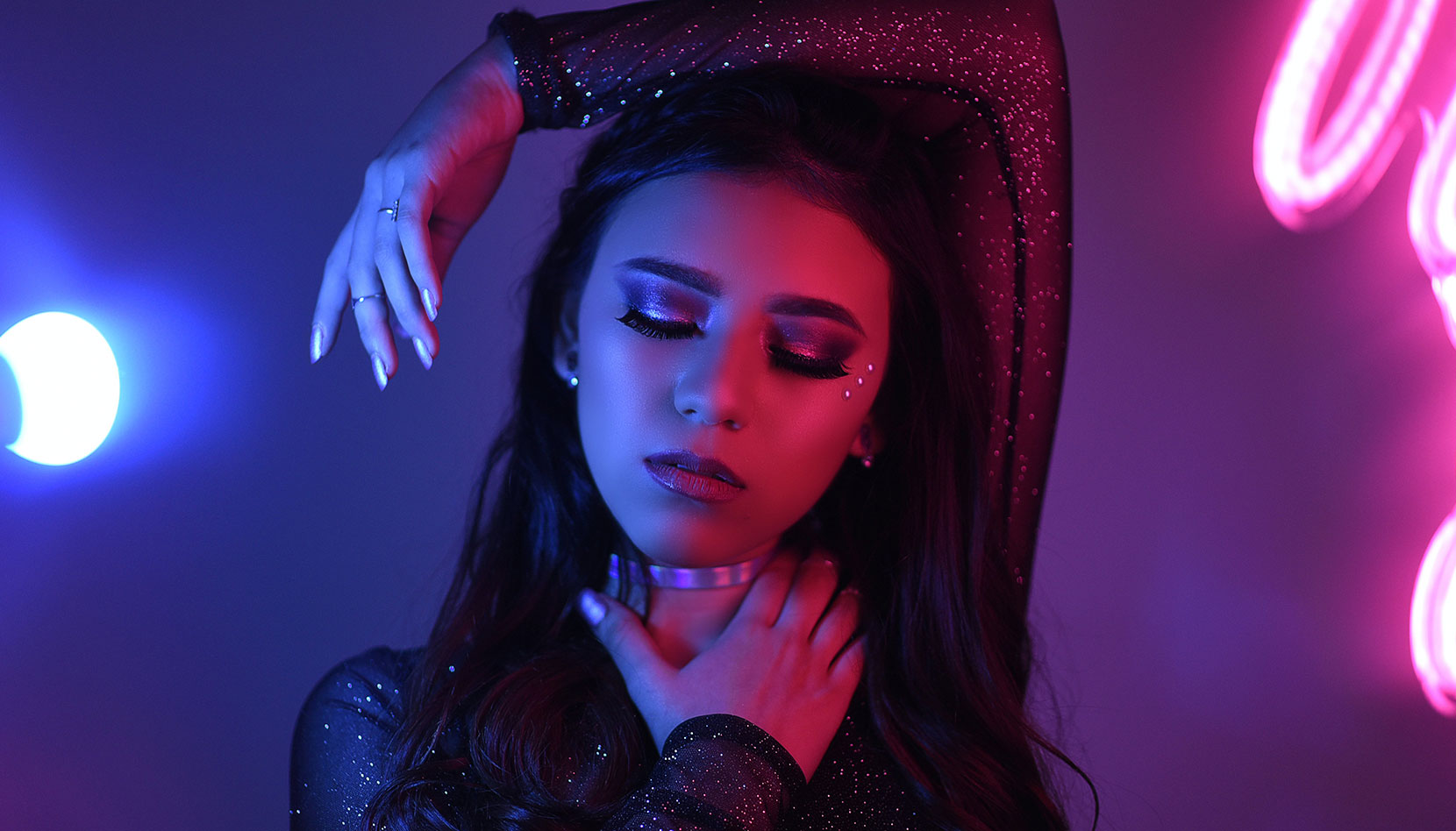Exploring the Depths: The Influence and Origins of Deep House Music

 The Origins of Deep House
The Origins of Deep House
Deep house music emerged as a subgenre of house music in the mid-1980s, originating from the vibrant music scene in Chicago. This genre was not merely a continuation of the existing house music; instead, it presented a refined evolution marked by its unique characteristics. Deep house artists blended elements from soulful genres such as soul, jazz, and funk, resulting in a smooth, melodic sound that was distinct yet complementary to the classic house beats.
Larry Heard, often known as Mr. Fingers, stands as a pivotal figure in the inception of deep house. His seminal track, “Can You Feel It,” is hailed for its lush chord progressions and emotive synth lines that exemplified the deep and rich textures of the new genre. Heard’s contributions laid the foundation for what deep house would become, setting it apart with its distinctive basslines and a slower, more hypnotic tempo.
Another influential name in the deep house scene is Frankie Knuckles, often referred to as the “Godfather of House Music.” Though primarily known for his work in classic house, Knuckles’ influence extended into the deeper realms of the genre. His meticulous blending of soul and funk elements into house tracks created a seamless groove that encouraged the development of deep house. Knuckles’ works, such as his remix of Jamie Principle’s “Your Love,” showcased the depth and emotional resonance of this evolving genre.
The integration of intricate melodies and complex arrangements became a hallmark of deep house music. Unlike the high-energy, dance-floor-centric classic house, deep house tracks often provide a more introspective listening experience. This genre’s ability to balance groove with a subtle, sometimes ambient, quality allowed it to carve out its own niche. The slower tempo and use of atmospheric sounds make deep house a versatile genre, suitable for both laid-back listening and sophisticated club environments.
Through the pioneering efforts of artists like Larry Heard, Mr. Fingers, and Frankie Knuckles, deep house music developed its own identity. Their innovative blending of soulful and jazzy elements with the fundamental structure of house music catalyzed a genre that continues to influence and inspire musicians and fans globally.
Key Characteristics and Sound
The distinguishing traits of deep house music lie in its lush, atmospheric soundscapes and the intricate layering of elements. Central to its identity is the smooth, deep basslines that form the foundation of each track. Unlike the more aggressive rhythms of traditional house music, deep house opts for complex melodies and softer, hypnotic beats, creating a sound that is both relaxing and immersive.
Deep house often incorporates influences from genres like jazz, funk, and ambient music. The presence of jazz can be felt in the syncopated rhythms and complex chord progressions, while the funk element is evident in groovy basslines and soulful vocals. Meanwhile, ambient music’s influence is showcased in the lush, spacious production techniques that give deep house its characteristic dreamy quality.
Furthermore, the genre distinguishes itself from other forms of house and electronic music through its emotional and introspective nature. Deep house tracks tend to explore a broader emotional range, offering a deeper emotional resonance and a sense of contemplation. This emotional depth contrasts with the often euphoric or high-energy vibe of other electronic music subgenres. The result is a darker, more immersive listening experience, which has become synonymous with the late-night club scene where deep house thrives.
These elements coalesce to create a musical journey that invites introspection and emotional engagement. The soundscapes envelop the listener, transporting them to a state of reflective immersion. As the softer, hypnotic beats and complex melodies unfold, they weave together a musical tapestry that is both timeless and contemporary, establishing deep house as an enduring and influential genre in the world of electronic music.
Deep House in the Club Scene
Deep house music holds a distinct place within the club scene, renowned for its capacity to cultivate a unique atmosphere that resonates deeply with its audience. This genre, characterized by its soulful vocals, intricate basslines, and laid-back tempo, complements the darker and more intimate settings of underground clubs and lounges. These venues, often located in discreet, urban locales, are meticulously designed to enhance the immersive experience that deep house music offers.
The aesthetic of deep house venues is pivotal in creating the desired ambiance. Lighting is usually subtle and moody, favoring dim, muted tones that reflect the genre’s introspective nature. Architectural elements lean towards minimalism, with clean lines and a focus on open space that allows for seamless movement and interaction among patrons. This minimalist design ethos extends to the décor, where understated elegance reigns, often featuring exposed brick, sleek metal fixtures, and quiet corners for private conversations, all of which coalesce to underscore the genre’s sophisticated vibe.
Prominent clubs known for embracing deep house include venues like Berlin’s Berghain, New York’s Output (now transformed but its legacy endures), and London’s Fabric. These clubs, among others, have become seminal spaces where deep house thrives, attracting devotees from all over the world. The community that has grown around deep house is one of inclusivity and deep appreciation for the musical artistry involved. The culture is characterized by a shared reverence for the genre’s origins and an ongoing celebration of its evolution.
Within these spaces, the deep house community finds a sanctuary where the music’s emotional depth and rhythmic complexity can be fully appreciated. The transformative power of deep house lies not only in its sound but also in the environments that embrace its essence, making it more than just a genre—it’s a lifestyle and a continuous conversation between artist and listener.
The Influence of Deep House on Modern Music
Deep house music, with its soulful undertones and intricate melodic structures, has left an indelible mark on the modern music landscape. Characterized by its focus on blending elements of jazz, funk, and soul within a 4/4 beat framework, deep house has transcended its origins in the underground club scene to influence a wide array of contemporary music genres.
The mainstream pop and R&B sectors have notably absorbed the essence of deep house. Artists such as Drake and The Weeknd have incorporated its hypnotic basslines and lush synth textures into their chart-topping hits. Tracks like Drake’s “Passionfruit” showcase the genre’s signature mellow, yet rhythmic grooves, demonstrating how deep house’s aesthetic has seamlessly amalgamated into mainstream soundscapes.
Experimental electronic musicians, too, have found fertile ground in the rich sonic palette that deep house provides. Producers like Jamie xx and Kaytranada bridge the gap between deep house and innovative electronic sounds, creating immersive auditory experiences that pay homage to the genre’s roots while pushing it forward. In tracks like Kaytranada’s “Lite Spots,” the groovy rhythms and atmospheric layers effectively marry traditional deep house vibes with cutting-edge electronic production techniques.
Furthermore, high-profile collaborations have highlighted the genre’s versatility and popularity. Calvin Harris and Sam Smith’s “Promises” is a prime example, melding deep house’s emotive qualities with mainstream appeal. Such cross-genre projects have paved the way for deep house elements to permeate more eclectic and diverse musical territory, solidifying its influence on the global stage.
Looking towards the future, the evolution of deep house appears promising. Its foundational sounds offer a canvas for endless reinvention, ensuring continued relevance. Artists and producers worldwide are likely to keep exploring and integrating deep house into their work, fostering a dynamic interplay between tradition and innovation. This ongoing evolution will undoubtedly continue to shape the very fabric of modern music, adhering to deep house’s rich legacy while propelling it into new, uncharted domains.
















Comments
This post currently has no comments.